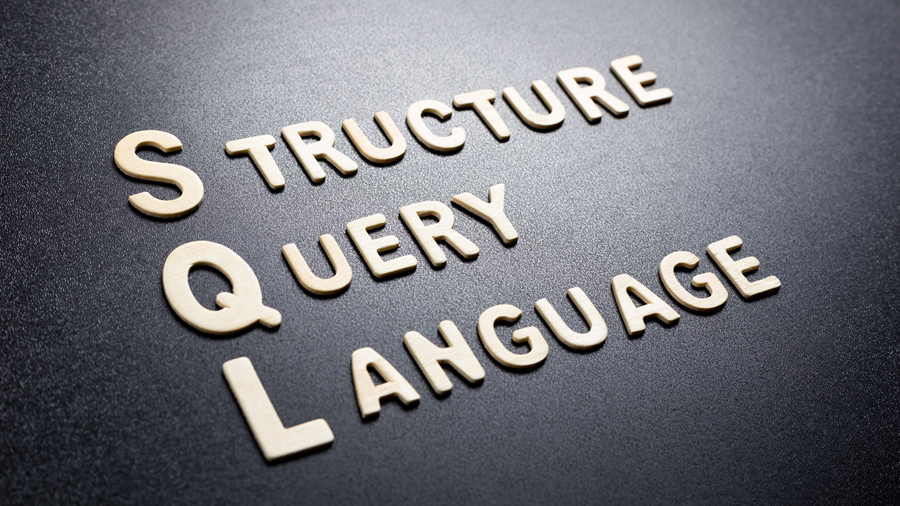SQL vs T-SQL: Key Differences
Relational databases have become indispensable across the IT sector. SQL had a very important role to play in this stellar growth.
To the uninitiated, SQL is an ANSI/ISO standard programming language used to communicate with the data stored in relational databases. Thanks to these international standards followed by relational databases, users were able to create and use similar queries across every system.
But most of the newbie database enthusiasts confuse SQL with TSQL which is another popular term in the database world. In this post, we will try to understand the subtle differences between SQL and TSQL and know what role they play in communicating with relational databases.
Table of Contents
- What is a relational database and what are its use cases?
- What is SQL?
- What is T-SQL?
- Features of T-SQL
- Differences between SQL and T-SQL
- Bottomline
What is a relational database and what are its use cases?
Relational databases help to store and access data that are related to one another. In a relational database, each row is called a record with a uniqueID called a key. Each column is called a field and holds attributes and values for each attribute, making it easy to establish a relationship between the data.
This simple yet reliable approach of relational databases is used in almost all enterprises irrespective of their domain. Relational databases have several use cases - tracking inventories, processing eCommerce transactions, storing confidential information of customers, etc.
To work with relational databases, the ISO/ANSI standard has laid out a set of rules and conventions, framing them all into a language called SQL(structured query language).
What is SQL?
SQL, as discussed before, is a query language used to create, add and manipulate records in relational databases. SQL commands help you manipulate data and even join different tables using joins. This will easily help you get a magnified data table. Here are the different SQL command types:
- DML(Data Manipulation Language) commands like insert, update, and delete records from the database.
- DDL (Data Definition Language) commands to perform create, alter, drop and truncate operations in the database.
- DCL(Data Control Language) commands to perform grant and revoke data
- TCL(Transactional Control Language) commands to commit data and roll back to the last checkpoint.
Now that you know what SQL is, let's understand a little about T-SQL.
What is T-SQL?
Transact-SQL (abbreviated as T-SQL) is an extension of SQL primarily used within the Microsoft SQL Server. This means T-SQL provides all the necessary features of SQL with a few add-ons including transaction control, error, exception handling, record processing, and variable declaration.
In simple words, when you are writing queries within the Microsoft SQL Server, all the applications interact with the SQL server by sending T-SQL statements to the server under the hood.
Features of T-SQL
- T-SQL uses a BULK INSERT statement that allows users to import a file into the database table or view it in the user-specified format.
- T-SQL also provides various methods for string processing and data processing.
- SQL Server supports analytical functions using T-SQL which allow your team to perform analytical tasks such as ranking, calculating percentiles, averages, and cumulative sums and represent them in a single SQL statement.
Differences between SQL and T-SQL
SQL is open source while T-SQL is developed and owned by Microsoft
SQL follows a non-procedural approach. This means SQL statements will be executed one at a time. On the other hand, T-SQL statements are executed in a procedural manner. This means the code will be processed as blocks and logically executed in a sequential manner.
In spite of these general differences, T-SQL uses some statement keywords that differ slightly from the SQL statements. Also, it uses some functions that are not a part of SQL. For example, to select the top X rows from a table, in SQL we will use the LIMIT clause while in T-SQL we will use the TOP clause to select rows.
Also, T-SQL accommodates some statements that SQL does not have. Example - the ISNULL function which replaces the NULL values coming from specific columns such as the below statement.
SELECT ISNULL(NULL, ‘PARTECH’);
Here if the value is NULL, it is replaced by the value ‘PARTECH’.
SQL can be used to write DDL and DML commands as well. But in the case of T-SQL, it is predominantly used to write triggers, functions, procedures, and views, which are all termed as T-SQL objects.
SQL is a data-oriented language while T-SQL is a transactional language that is mainly used to create applications as well as add business logic to applications from backend systems.
You can use SQL in T-SQL but the reverse is not possible.
Bottomline
The choice of learning SQL or T-SQL purely depends on whether you know the exact purpose of using a particular database system. T-SQL is a Microsoft-provided implementation extending the SQL features with some add-ons. Most database beginners have their own doubts and might confuse SQL and T-SQL as two entirely different languages. This post would have clarified most of their doubts. Also, there are some other SQL extensions like PL-SQL(Procedural Language extensions to Structured Query Language), which is an extension to Oracle SQL.
